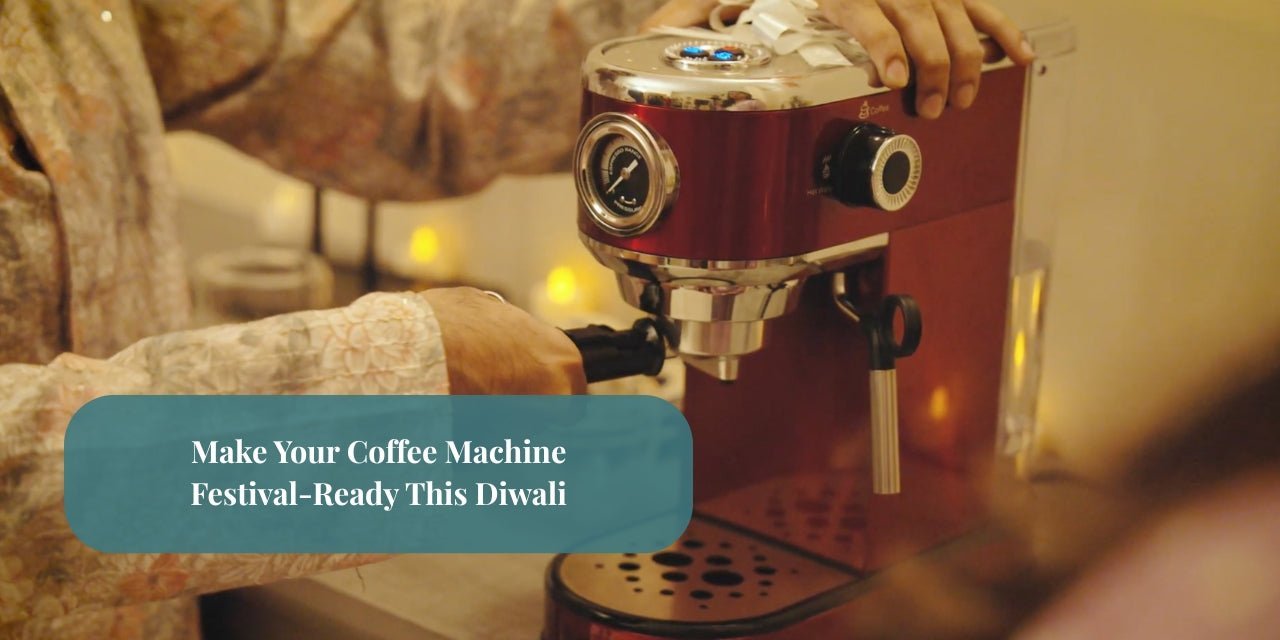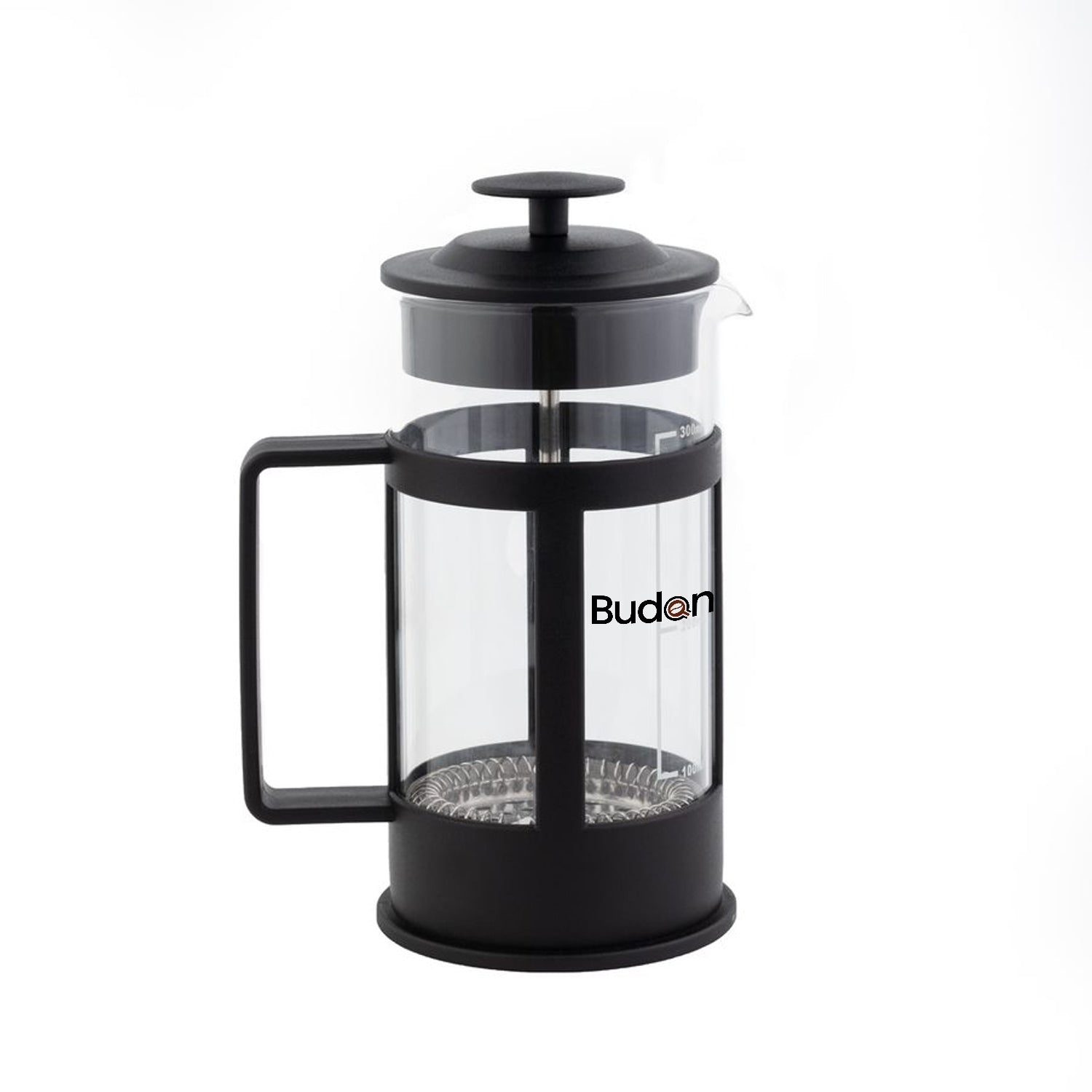We like to think of brewing coffee as a form of art, and with several aspects impacting the final taste of your brew. The most crucial part of making coffee is to be mindful of your equipment, from start to end. Let’s get to the very last step: serving. What you serve your coffee in can impact the taste, here’s how.
Yes, we know that glass is a visually appealing material, and it feels great to look at your drink while you enjoy it. What you probably didn’t realise, is that it doesn’t interfere with the flavour of your brew. We suggest a double-walled glass or cup made from tempered, heat-resistant glass, which is especially great if you want to carry it around. However, one drawback of glass is that it does not retain heat that well. Temperature changes will affect the taste of your coffee, so it is better to opt for a heat-retaining material. According to research, detecting flavours and aromas below 50°C is hard, implying that you must keep your coffee above this threshold. Tempered glass utensils are more expensive than other materials, but they don't do much for the taste of your beverage. So unless you want a pretty coffee cup on your counter, opt for a different material.
Stainless steel
Stainless steel is indestructible and retains heat because it is a natural conductor. Hence it is perfect for making a coffee kettle. While it is easy to clean, it might not be as visually appealing as ceramic or glass. Fingerprints and grease can easily show up on steel, and it can change its shape with enough wear and tear. Stainless steel can also exude a metallic flavour to your drink, thus affecting its taste. Steel also becomes porous with wear and tear, thus absorbing many flavourful oils and aromas from your coffee. The acidity in coffee will also contribute to the damage by breaking down the material.
Plastic
Before we get into how plastic is going to end up in a landfill, let’s understand that no matter the quality, plastic will wear out faster than steel, glass or ceramic. It also absorbs and traps various flavours and odours, changing the taste of your coffee over time. Besides, a plastic cup will likely get damaged if the coffee is too hot. Before we get into how plastic is going to end up in a landfill, let’s understand that no
Ceramic
Ceramic is the most popular material used to manufacture beverage cups because they are inexpensive and lightweight. They also retain heat well without affecting the flavour of your coffee. This material is also leakproof and holds its shape and colour forever. It has all the positive attributes of other materials without any of their drawbacks. This eco-friendly, heat tolerant and non-porous material is the best choice for making coffee cups.
Remember, you need the ideal material to preserve the flavour profile of your brew, just like you need high-quality coffee grinders for perfect, even bits of coffee.


























